The words “shot placement is king” have been uttered so much they’ve become a cliché. It’s not that the phrase is incorrect, but more that it’s gone the meaningless rote way of “slow is smooth, smooth is fast.” In some ways it doesn’t matter anyway because — in a somewhat humorous twist — it turns out we were all taught incorrectly about shot placement.
Hundreds and even thousands of training hours shooting center mass on various targets haven’t exactly been a waste, but they might have formed bad habits when it comes to self-defense. This is why a solid grasp of tactical anatomy matters.
WHERE THE VITALS ARE
It’s logical that we were taught to shoot largely center mass. Moving targets are challenging, and when you combine that with a massive adrenaline dump, aiming at the biggest part of your assailant makes sense. That doesn’t mean your shooting skills can’t benefit from greater surgical precision, and that means understanding what the vitals really are.
The usual teaching of vitals is that they include the heart, lungs, and brain, and it’s true. However, the vital zones on an assailant aren’t as large as you might have been led to believe — and they definitely require more precise shot placement. The heart is a good example, because while it seems like a good general target, all parts of the cardiac system aren’t created equally when it comes to stopping an imminent threat.
You have what most think of as the heart, which covers the four chambers. That’s what you likely remember from high school biology — a mass of bloody muscle with valves directing blood in and out of those chambers. That’s not the part that’s ideal for saving your life during an attack, though.
For the sake of space and not turning this into the next great American novel, let’s focus on the heart (it’s also an easier target than the brain stem).
If you want to end a fight with significantly greater speed, it’s the great vessels of the heart you need to be aware of. They’re located at the top of the heart, extending upward, with the aorta being basically front and center in that group. This means you’re aiming too low if the heart itself is your goal, and although that can work eventually, it’s slower. Think time doesn’t matter? It only takes fractions of a second for that knife to stab or another trigger to be pulled.

This is a good spot for a relevant hunting story. As someone who spends a great deal of time not just hunting but handgun hunting, I’ve closely tracked the results of different calibers and shot placement. A great example of heart versus great vessels happened this past season when deer hunting with a Cosaint DS in 10mm — it was even a double, one shot within an hour of the other. First up was a good-size, mature whitetail doe.
The single shot resulted in a hose-like effect of bright arterial blood rushing from her chest. Not only did she not move at all but she froze, legs stiff, in the seconds it took for the wound to take her to the ground. Next was a buck. Although I was confident the shot was placed well, he ran. First, he arched his back and bucked, then he dashed into the mesquite. Fortunately, he only made it about 150 yards — but if you’re in a self-defense situation, that’s far too much movement between a shot fired and the threat being over.
As you might have guessed, field dressing answered the questions of point of impact. The hollowpoint striking the doe severed the aorta, resulting in the gouts of blood I was easily able to see. On the buck, it was still a good heart shot — in fact, the lower half of his heart had been turned into hamburger. And yet he retained the ability to run. That’s the difference between a great vessels shot and one that strikes only the chambers of the heart. That mad dash for 150 yards? It’s the difference between life and death for you.

The vitals could easily be split into two categories, one that ends the threat but leaves enough time for you to end up maimed or dead, and one that ends the threat with fantastic speed. This includes what part of the brain is hit, where on the pelvic girdle you break a bone — and how easy it is to break — and how much losing use of one lung really matters.
SOLUTION
Learning not only what the true vital zones are but how to visualize and hit them is a valuable skill for any self-defender. One way to do that is by taking a class like the Tactical Anatomy Summit, which is led by Dr. Andy Anderson, Steve Moses, Dr. Troy Miller, and Chuck Haggard. The class was first dreamed up by Dr. James Williams, who’s been at it so long he’s decided to slow things down.
According to Anderson, hunters tend to have an easier time with this due to being used to aiming at unseen organs. That’s accurate, because if you’re a seasoned hunter you’re well used to using certain markers and angles to quickly deduce where to land your shot. Learning to do this on a two-legged attacker is similar, yet different.

Many of the older targets on the market make training for surgical precision harder. That includes designs like the old B5 and even the USPSA/IPSC. On those targets, the supposed vital areas are off. On an IPSC target, the “brain box” extends horizontally in both directions, meaning largely ineffective shots still count when it comes time to score. Don’t misunderstand me here — any focused, purposeful trigger time working on good habits is useful — but it’s time we shift to more anatomically correct targets for fine-tuning self-defense skills.
The ways in which this is done during the Tactical Anatomy Summit are numerous, but some stand out. Perhaps the most useful is the blackout method that requires you to aim with purpose at something you can’t see. Cardboard, 3D upper torsos are fitted with black T-shirts, and the real target is affixed inside where it can’t be seen. The drill is done from the holster and involves different strings of fire. The goal is to accurately strike the vital organ you can’t see — and that changes when the angle of the torso moves.
ANGLES, ARTERIES, & ACCURACY
If all you ever train on is a plain target — whether it has properly marked vitals or not — you’re not going to stop and think about how the human body moves. A straight-on shot that severs the great vessels or brain stem is entirely different when the target turns away. In any fight, those involved twist and turn — unfortunately, your average Bad Dude doesn’t simply face you and wait for you to shoot him. All those movements mean you need a better understanding of vital organ placement when a body is angled differently.

One way to gain a better understanding on your own is to get your hands-on ballistic gel torsos or one of Birchwood Casey’s 3D Torso Targets. Throw an old, baggy shirt on it. Arm yourself with some tape to patch holes and a wooden dowel to check trajectory.
Take your shots. Trying this at different angles and then using the dowel to judge the trajectory of the bullet gives you a far greater idea of whether or not your shots would stop an attack. It’s enlightening — and frustrating — to realize what you thought was an awesome shot would probably do next to nothing in a real-life fight. Practice helps you better target the specific parts of the vitals that end fights quicker.
THE A-ZONE FALLACY
Yes, we’ve all put a lot of time into getting good scores on whatever target is being used in the class we’re taking or the match we’re shooting. Unfortunately, the basics we’ve been taught were just that — basic.
When you’re capable of consistently nailing good groups, it’s not time to gloat, it’s time to move on to the surgical shooting part of your gun life. It isn’t that your gun skills up to this moment have been a lie, it’s that you’ve reached a point where you either grow stagnant or move on to bigger challenges. And it’s definitely worth mentioning that taking on the challenge of learning tactical anatomy for the purpose of surgical shooting could one day save your life (or the life of someone you love).

This isn’t about embracing or basking in blood and violence. It’s about survival. It’s about cold logic. Taking that a step further, it’s also about minimizing the shots fired down-range that could inadvertently hit an innocent bystander. Blindly fired shots aren’t a great plan and neither are shots simply mag-dumped center mass.
You’ve come a long way from the early days of gun ownership where you thought a floppy nylon holster was quality and carrying with an empty chamber was smart (at least I hope you have). It’s time to move into the future of self-defense shooting by learning tactical anatomy. Human assailants aren’t zombies — you can’t stop a life-threatening attack with a head shot wherever it lands. Get thee to a class like the Tactical Anatomy Summit and let the emergency room docs and surgeons break it down for you Barney style. It’s worth it.
READ MORE
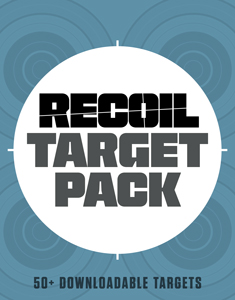
NEXT STEP: Download Your Free Target Pack from RECOIL
For years, RECOIL magazine has treated its readers to a full-size (sometimes full color!) shooting target tucked into each big issue. Now we’ve compiled over 50 of our most popular targets into this one digital PDF download. From handgun drills to AR-15 practice, these 50+ targets have you covered. Print off as many as you like (ammo not included).
Get your pack of 50 Print-at-Home targets when you subscribe to the RECOIL email newsletter. We’ll send you weekly updates on guns, gear, industry news, and special offers from leading manufacturers – your guide to the firearms lifestyle.
You want this. Trust Us.
Read the full article here






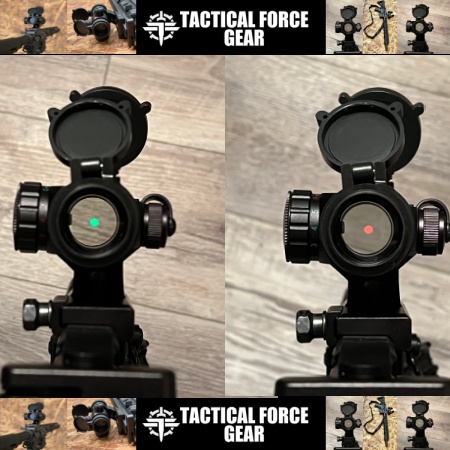
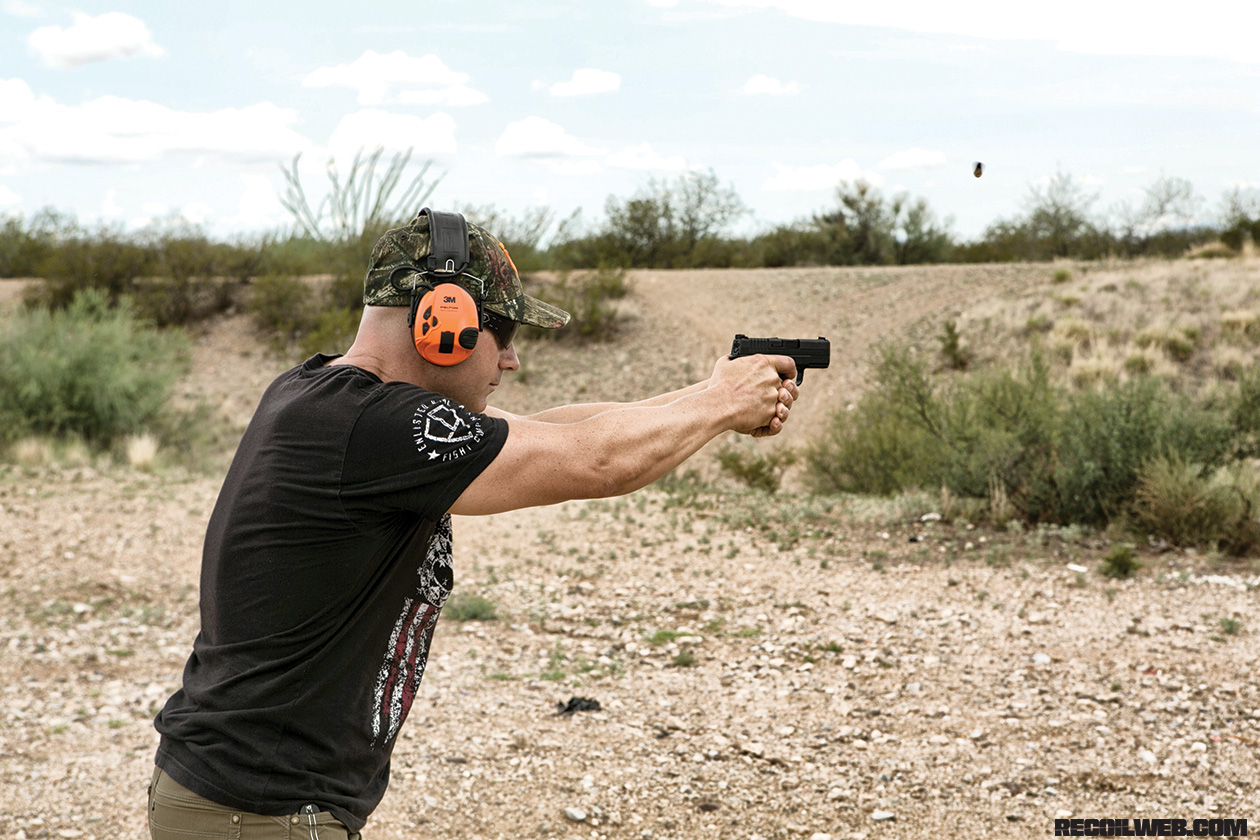
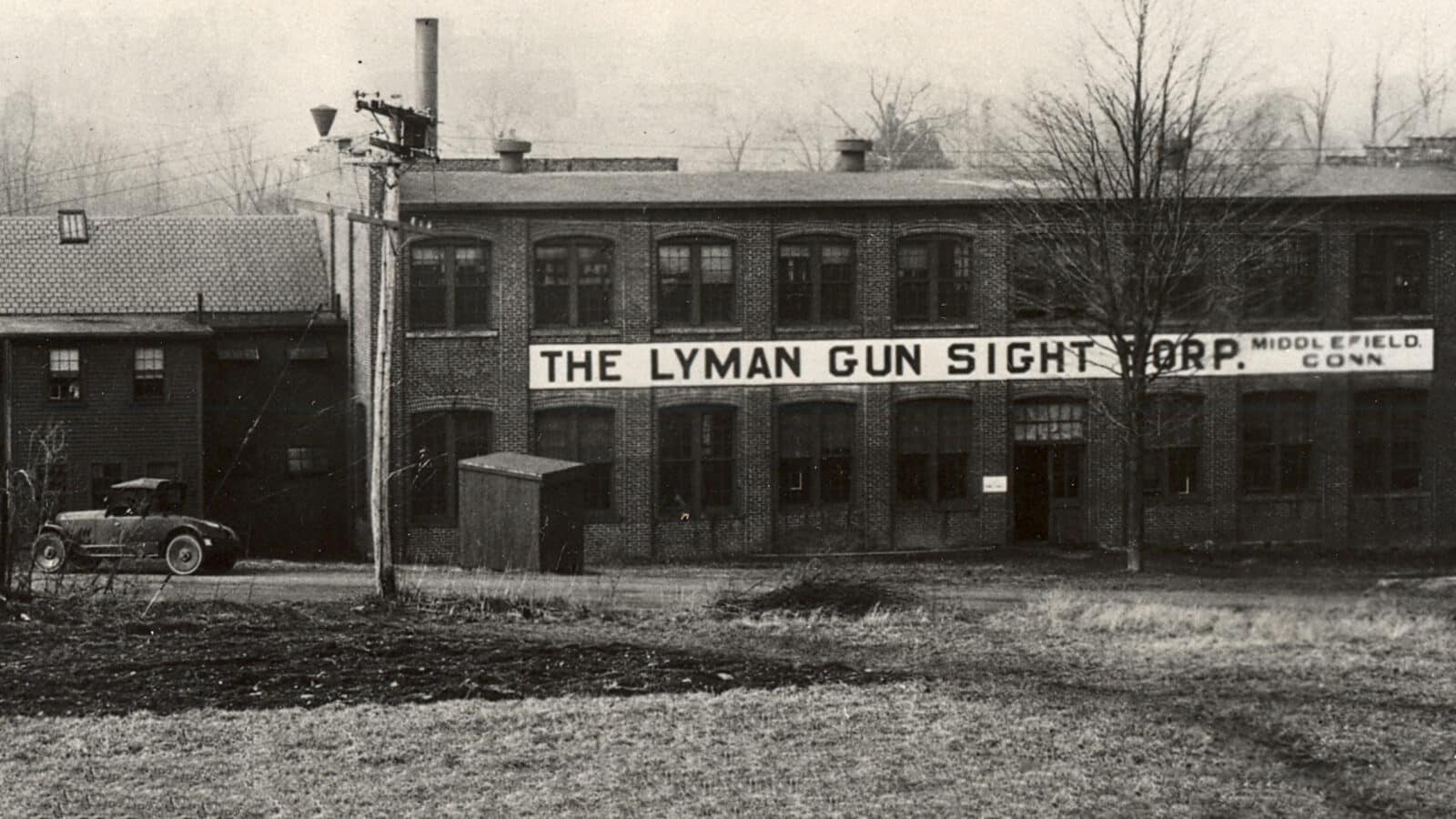




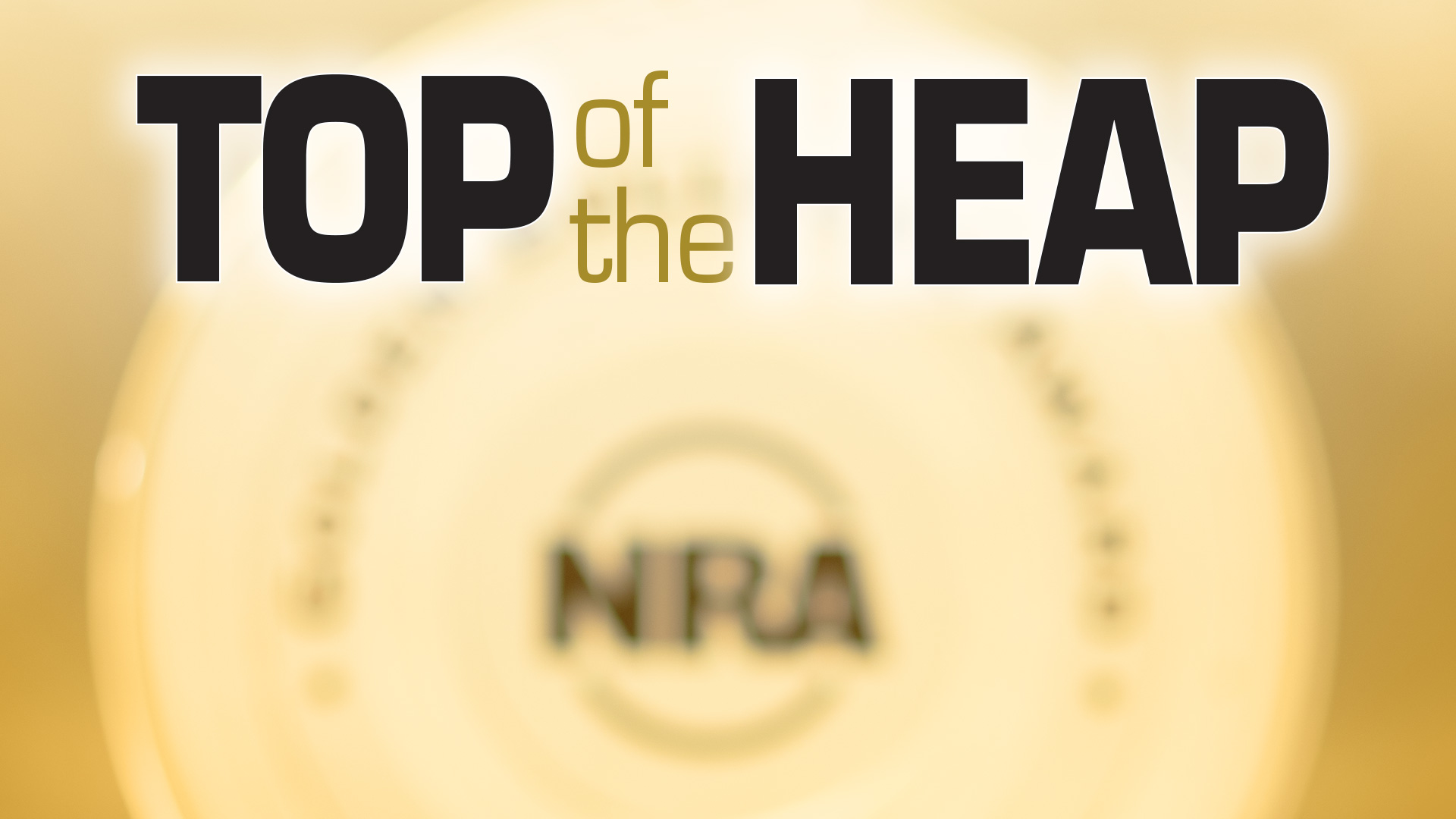

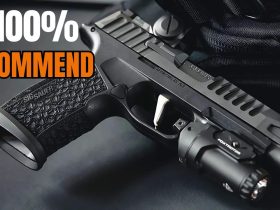


Leave a Reply